Hyundai IONIQ 5 vs Nissan Qashqai – Performance, range & efficiency compared
Both models have their strengths – but which one suits you more?
Compare performance, efficiency, price and space directly: Hyundai IONIQ 5 or Nissan Qashqai?
Here’s where it gets real: The technical differences in detail
Costs and Efficiency: Price and efficiency are often the first things buyers look at. Here it becomes clear which model has the long-term edge – whether at the pump, the plug, or in purchase price.
Nissan Qashqai has a distinct advantage in terms of price – it starts at 29400 £, while the Hyundai IONIQ 5 costs 38500 £. That’s a price difference of around 9094 £.
Engine and Performance: Under the bonnet, it becomes clear which model is tuned for sportiness and which one takes the lead when you hit the accelerator.
When it comes to engine power, the Hyundai IONIQ 5 has a clearly edge – offering 650 HP compared to 190 HP. That’s roughly 460 HP more horsepower.
In acceleration from 0 to 100 km/h, the Hyundai IONIQ 5 is clearly quicker – completing the sprint in 3.50 s, while the Nissan Qashqai takes 7.90 s. That’s about 4.40 s faster.
In terms of top speed, the Hyundai IONIQ 5 performs distinct better – reaching 260 km/h, while the Nissan Qashqai tops out at 206 km/h. The difference is around 54 km/h.
There’s also a difference in torque: the Hyundai IONIQ 5 pulls clearly stronger with 770 Nm compared to 330 Nm. That’s about 440 Nm difference.
Space and Everyday Use: Cabin size, boot volume and payload all play a role in everyday practicality. Here, comfort and flexibility make the difference.
Both vehicles offer seating for 5 people.
In curb weight, the Nissan Qashqai is clearly perceptible lighter – 1420 kg compared to 1955 kg. The difference is around 535 kg.
In terms of boot space, the Hyundai IONIQ 5 offers slight more room – 520 L compared to 504 L. That’s a difference of about 16 L.
In maximum load capacity, the Hyundai IONIQ 5 performs hardly perceptible better – up to 1580 L, which is about 133 L more than the Nissan Qashqai.
When it comes to payload, Hyundai IONIQ 5 hardly perceptible takes the win – 530 kg compared to 520 kg. That’s a difference of about 10 kg.
All in all, the Hyundai IONIQ 5 shows itself to be is largely superior and secures the title of DriveDuel Champion.
It impresses with the more balanced overall package and proves to be the more versatile companion for everyday use.
Hyundai IONIQ 5
The Hyundai IONIQ 5 showcases a bold and futuristic design that captures attention with its striking facade and sharp lines. This electric vehicle offers an impressive blend of performance and efficiency, making it a compelling choice for environmentally conscious drivers. Inside, the spacious and tech-forward interior provides a comfortable and engaging driving experience for both driver and passengers.
details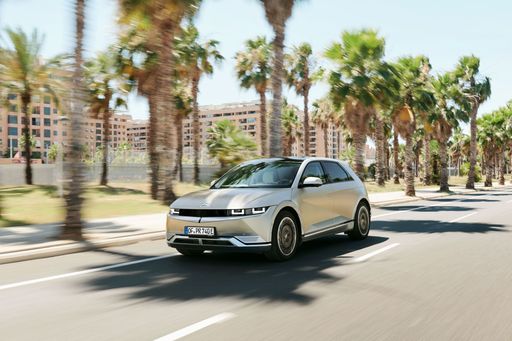 @ hyundai.news
@ hyundai.news
 @ hyundai.news
@ hyundai.news
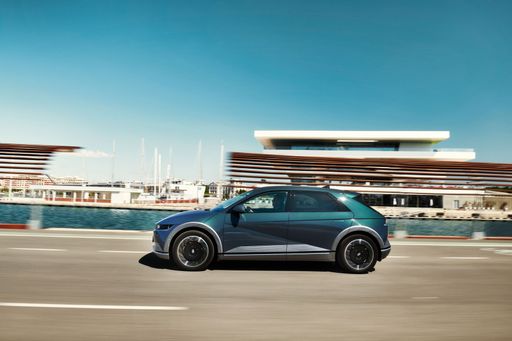 @ hyundai.news
@ hyundai.news
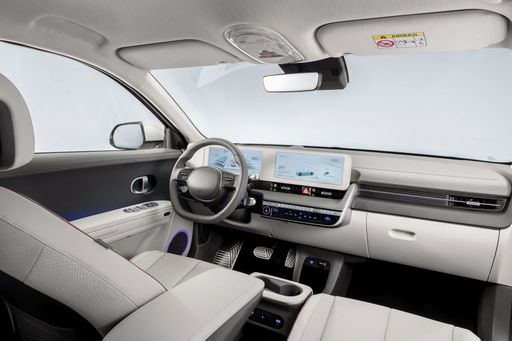 @ hyundai.news
@ hyundai.news
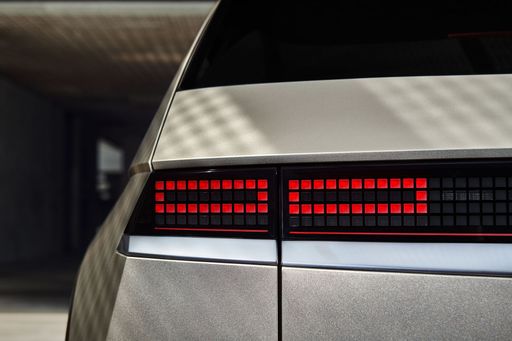 @ hyundai.news
@ hyundai.news
Nissan Qashqai
The Nissan Qashqai stands out in the compact SUV market with its sleek design and versatile features. Its smooth ride and refined interior make it a popular choice for both city driving and weekend adventures. Advanced safety technologies and user-friendly infotainment add to its appeal, ensuring a comfortable and secure driving experience for all passengers.
details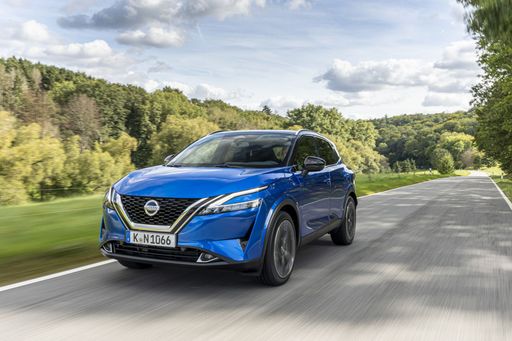 @ Nissan
@ Nissan
 @ Nissan
@ Nissan
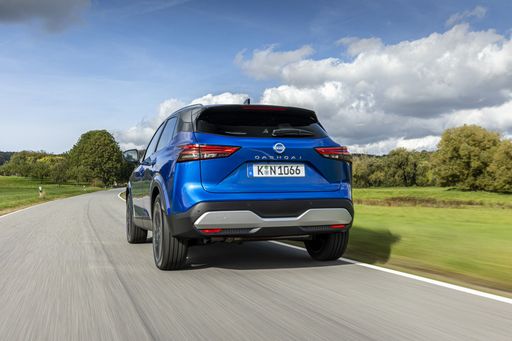 @ Nissan
@ Nissan
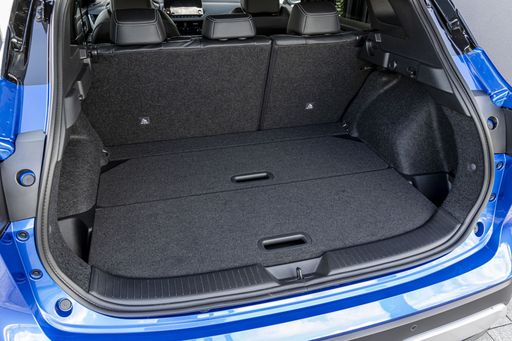 @ Nissan
@ Nissan
 @ Nissan
@ Nissan

|

|
|
|
|
Costs and Consumption |
|
|---|---|
|
Price
38500 - 64200 £
|
Price
29400 - 42500 £
|
|
Consumption L/100km
-
|
Consumption L/100km
5.1 - 6.8 L
|
|
Consumption kWh/100km
15.6 - 21.2 kWh
|
Consumption kWh/100km
-
|
|
Electric Range
440 - 570 km
|
Electric Range
-
|
|
Battery Capacity
63 - 84 kWh
|
Battery Capacity
-
|
|
co2
0 g/km
|
co2
116 - 154 g/km
|
|
Fuel tank capacity
-
|
Fuel tank capacity
55 L
|
Dimensions and Body |
|
|---|---|
|
Body Type
SUV
|
Body Type
SUV
|
|
Seats
5
|
Seats
5
|
|
Doors
5
|
Doors
5
|
|
Curb weight
1955 - 2275 kg
|
Curb weight
1420 - 1665 kg
|
|
Trunk capacity
480 - 520 L
|
Trunk capacity
479 - 504 L
|
|
Length
4655 - 4715 mm
|
Length
4425 mm
|
|
Width
1890 - 1940 mm
|
Width
1835 mm
|
|
Height
1585 - 1605 mm
|
Height
1625 mm
|
|
Max trunk capacity
1540 - 1580 L
|
Max trunk capacity
1422 - 1447 L
|
|
Payload
385 - 530 kg
|
Payload
466 - 520 kg
|
Engine and Performance |
|
|---|---|
|
Engine Type
Electric
|
Engine Type
Petrol MHEV, Full Hybrid
|
|
Transmission
Automatic
|
Transmission
Manuel, Automatic
|
|
Transmission Detail
Reduction Gearbox
|
Transmission Detail
Manual Gearbox, CVT, Reduction Gearbox
|
|
Drive Type
Rear-Wheel Drive, All-Wheel Drive
|
Drive Type
Front-Wheel Drive, All-Wheel Drive
|
|
Power HP
170 - 650 HP
|
Power HP
140 - 190 HP
|
|
Acceleration 0-100km/h
3.5 - 8.5 s
|
Acceleration 0-100km/h
7.9 - 10.2 s
|
|
Max Speed
185 - 260 km/h
|
Max Speed
170 - 206 km/h
|
|
Torque
350 - 770 Nm
|
Torque
240 - 330 Nm
|
|
Number of Cylinders
-
|
Number of Cylinders
3 - 4
|
|
Power kW
125 - 478 kW
|
Power kW
103 - 140 kW
|
|
Engine capacity
-
|
Engine capacity
1332 - 1497 cm3
|
General |
|
|---|---|
|
Model Year
2024
|
Model Year
2024
|
|
CO2 Efficiency Class
A
|
CO2 Efficiency Class
E, D
|
|
Brand
Hyundai
|
Brand
Nissan
|
What drive types are available for the Hyundai IONIQ 5?
The Hyundai IONIQ 5 is available as Rear-Wheel Drive or All-Wheel Drive.
The prices and data displayed are estimates based on German list prices and may vary by country. This information is not legally binding.
